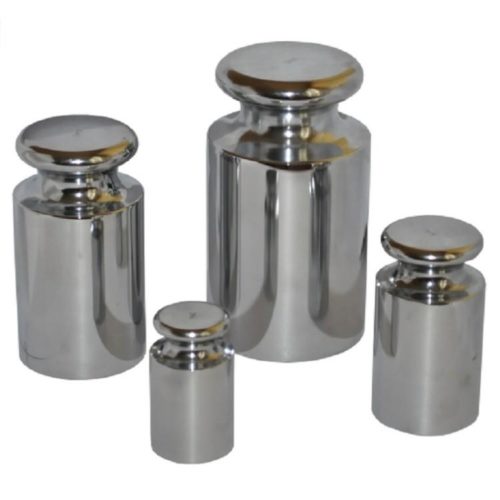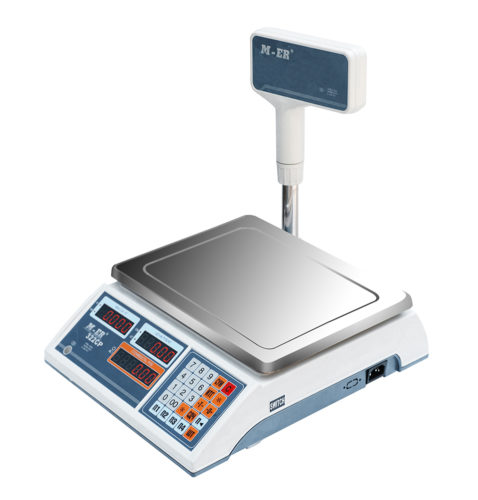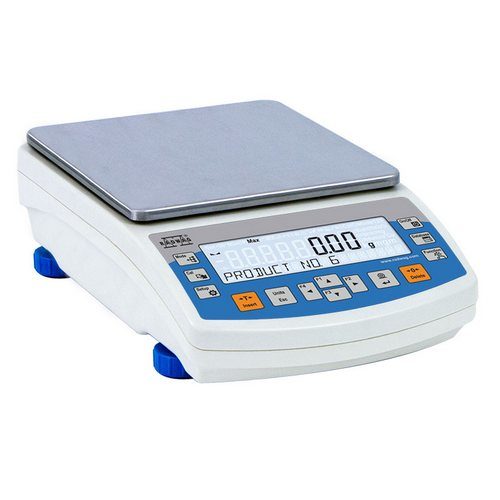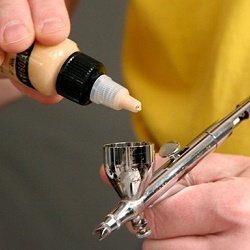How to calibrate electronic scales
Calibration of electronic and mechanical scales can be carried out in order to eliminate the damage or just for prevention. Regardless of the purpose of the device, the calibration process is required. The procedure is necessary to ensure the accuracy of the scales.
There are floor and stationary scales for various purposes, for example, for use in the laboratory, for use in trade, for weighing heavy loads. All must be calibrated.
Calibration Methods
Accuracy of measurement of the device can be lost in the process of work, and with a simple movement from one place to another. How to calibrate the scales yourself? There are several ways:
- External. For this calibration, a special weight is used, called the standard. External calibration is used for both electronic and mechanical scales.

- Interior. New electronic scales are produced with an established internal "standard" intended for calibration. This is undoubtedly more convenient than the external method, but such models are more expensive.

- Auto. In the latest models, a very convenient self-calibration function has appeared, which passes without the participation of the operator.

Calibration of floor mechanical scales, as well as of all measuring instruments of mechanical type, is performed only by an external method using special weights.
detailed instructions
In the process of working with electronic measurement tools often the question arises how to calibrate the scales. This is especially true for food stores.
The following algorithms exist to help calibrate the scales. In the presence of "reference" weights should be carried out the following steps:
- To go to the calibration menu, press the number "1" and press "T". The calibration process starts.
- After the process is completed, we will see on the screen the numbers “2” and “——”. This means that the balance must be set to half the maximum weight.
- We put on the device weights of the required mass. After that, the program gives us on the screen a number from "1" to "10".
- We click on the board that figure, which shows the program, and remove the weights. Scales work correctly, calibration is complete.
Most often, the complete with weights is not “reference” weights, so you can calibrate the weighing tool internally.
This function is not present in all models, but only in devices of a new type. The principle of this calibration is quite simple and does not require additional devices:
- To start work, you must enter on the board a weight equal to 1/3 of the maximum and press the "T" key.
- In the window that appears, enter the calibration weight and click "T". Calibration mass when using this option is entered in grams. If the maximum weight of your device is 300 kg, then in the calibration process you need to enter 10,000.
- After that, in the opened window, enter the maximum weight of the scale. Only the first digits can be displayed on the screen, but you need to press the "0" button the correct number of times. Push "T".
- The final step is to set the instrument accuracy. Enter the number from "1" to "10" - the number of decimal places. Calibration complete.
Conclusion
Calibration for electronic scales is a necessary process.Over time, the accuracy of weighing is lost, so do not forget about preventive calibration, especially since it is not a difficult process that can be performed independently and which does not take much time.

/rating_off.png)












